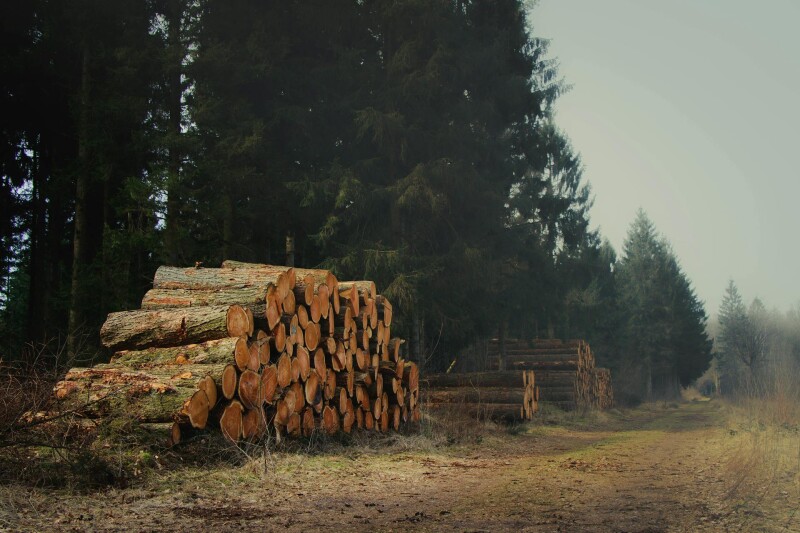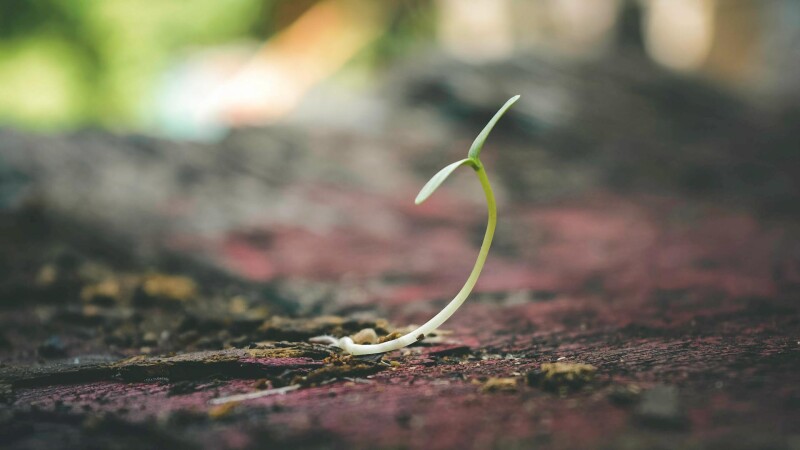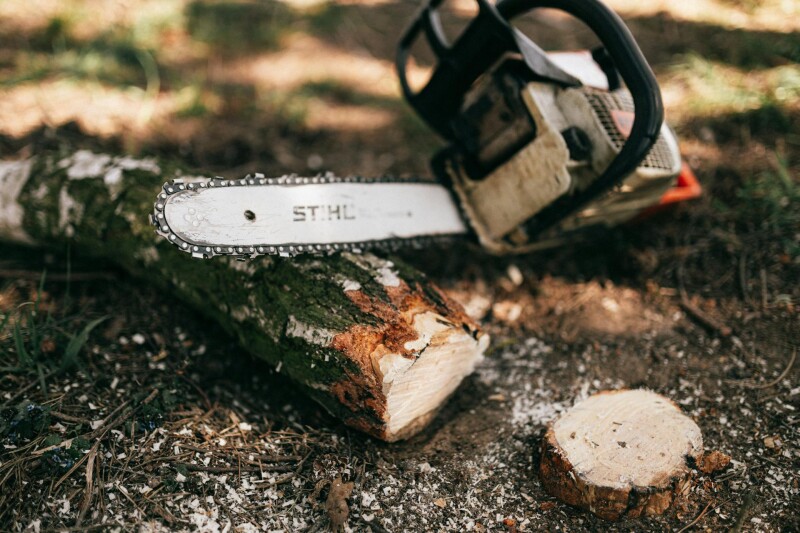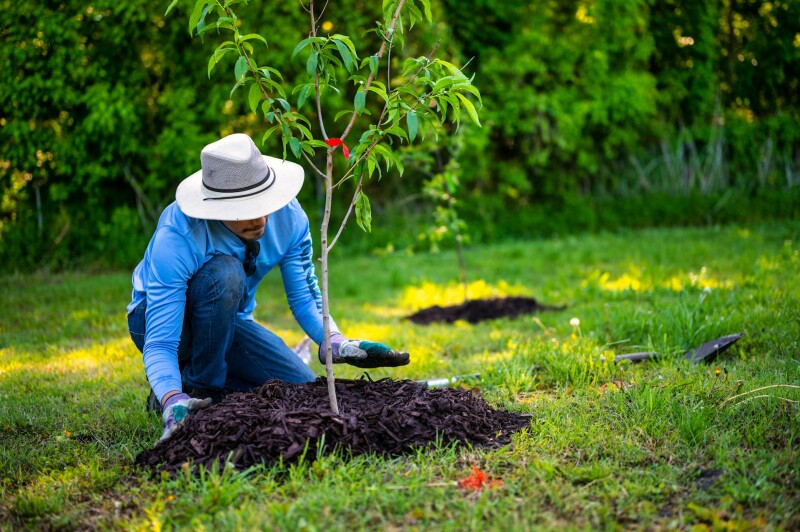Trees are vital components of ecosystems all over the world, and they play crucial roles in regulating climate, supporting biodiversity, and sustaining life. However, when trees are cut down, it can have a profound and even irreversible impact on our environment! So before you have a tree removed from your property, consider these serious problems caused by tree cutting.
Loss of Habitat and Biodiversity
One of the most immediate and direct impacts of tree cutting is the loss of habitat for many plant and animal species. Forests are incredibly biodiverse ecosystems, providing shelter, food, and breeding grounds. When trees are cut down, habitats are destroyed, leading to habitat loss, species displacement, and even extinction. This loss of biodiversity can disrupt ecosystem functioning and reduce overall ecosystem resilience.
Soil Erosion and Degradation
Trees play a key role in stabilising soil and preventing erosion. Their roots bind soil particles together, reducing the risk of landslides and soil erosion during heavy rainfall or wind events. When trees are removed, particularly in steep or vulnerable landscapes, the protective cover they provide is lost, leading to increased soil erosion, sedimentation in waterways, and degradation of soil quality. This can have far-reaching impacts on water quality, agricultural productivity, and the health of aquatic ecosystems!
Reduction in Carbon Sequestration
Trees play an important role in reducing climate change by absorbing carbon dioxide from the atmosphere. It does this through the process of photosynthesis. When a tree is removed, this valuable carbon sink is lost, contributing to higher levels of greenhouse gases in the atmosphere. In gardens, where space is limited, the loss of even one tree can have a noticeable impact on local carbon sequestration efforts.
Microclimate Changes
Trees provide shade and help moderate temperatures in gardens, creating microclimates that support a diverse range of plant and animal life. When trees are removed, these microclimates are disrupted, leading to changes in temperature, humidity, and wind patterns. This can impact the growth and health of other plants in the garden, as well as the overall comfort levels.
Psychological Impact
Beyond their environmental benefits, trees enhance the beauty and tranquillity of garden spaces, providing a sense of connection to nature and offering respite from the stresses of urban life. Removing trees can diminish a garden's aesthetic appeal and negatively affect our well-being.
All these impacts we've discussed give us good reason to think carefully about whether to remove a tree from our property or not!



